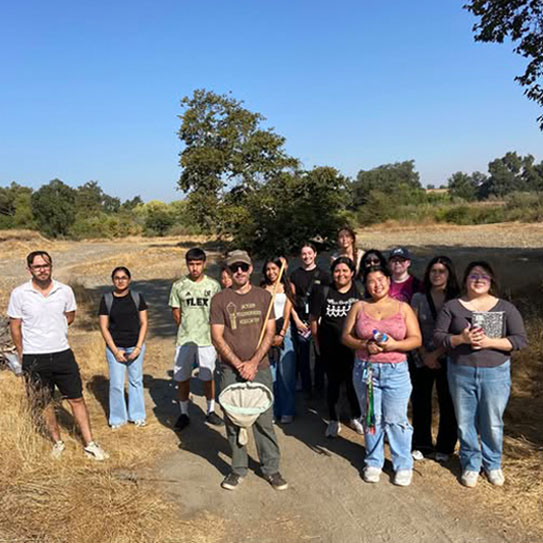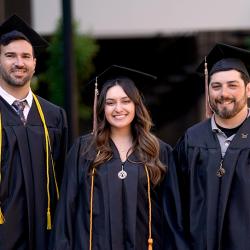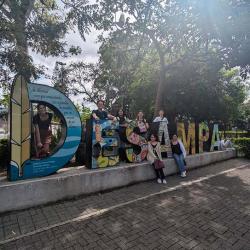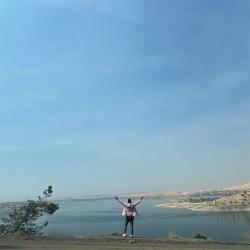It’s about stepping outside, getting your shoes muddy and seeing the wild world up close. That’s exactly what Andrew Sensenig, Ph.D., associate professor of biology, and his Biology 100 students did on their recent field trips to the San Joaquin River. Armed with notebooks, dip nets, the Merlin bird app and plenty of curiosity, students discovered that the river is absolutely teeming with life, big and small.
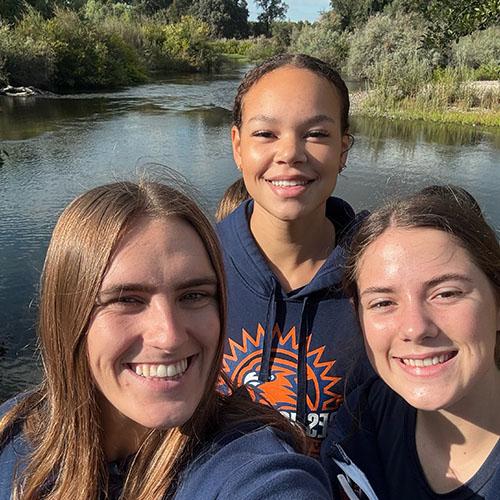
September 11: River Detectives Under the 41 Bridge
On this crisp morning, three vans (driven heroically by Professor Sensenig, Professor Hall and Tony Lawton) rolled up to the riverbank. The adventure began right away when a cottontail rabbit darted out as the group made their way under the Highway 41 bridge.
With Merlin bird ID running, students tuned into the chorus of killdeer, scrub jays and bushtits, while spotting mallards, Canada geese, mourning doves and even a soaring turkey vulture. Professor Sensenig’s keen ears picked out the distinctive call of a belted kingfisher, a bird that always sounds like it’s chuckling at you.
Then came the dip nets! Scooping through the shallows revealed tiny aquatic treasures: water boatmen (Hemiptera, family Corixidae), delicate mayfly nymphs and even a three-spined stickleback fish. The mayflies sparked a mini-lecture: nymphs spend months underwater, only to emerge as adults without mouths and living just one week.
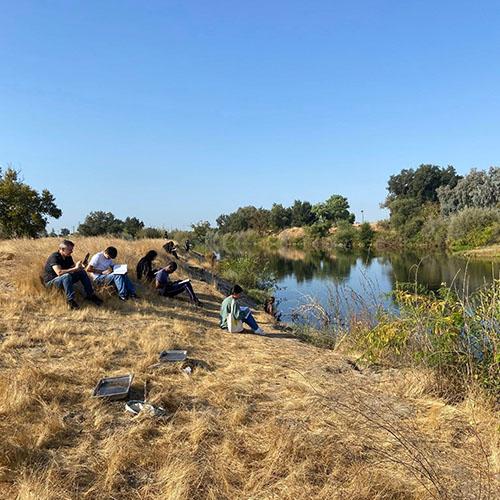
Students practiced sketching landscapes, posed proudly with their field notebooks and used iNaturalist to document local plants like sycamore, willow, ash and oak.
Curious minds also examined clam shells scattered along the shore, which turned out to be an invasive freshwater species in the mollusk family.
One of the highlights? Professor Sensenig dissected an oak gall to reveal the tiny larva of a gall wasp inside. Students collected their own galls for arthropod projects and spotted mud nests of cliff swallows clinging to the bridge, though the swallows had already migrated.
By 9:30 a.m., the students left the river with damp shoes, full notebooks and a much deeper appreciation for the complex web of life right here in Fresno.
September 16: Wildlife Cameos and Crayfish Crawls
Just a few days later, the lab returned for another field trip, this time with some spectacular wildlife encounters.
Students watched as a green heron stalked along the bank, a red-tailed hawk soared overhead and a chorus of red-winged blackbirds provided the soundtrack. Four mergansers even paddled upstream, like feathered kayakers on a mission.
But the star of the show? A bright red crayfish strutting underwater near the bank like it owned the place. Students also examined eucalyptus trees, whose blue-green foliage gave a perfect excuse for a quick botany discussion about gum trees’ Australian origins.
Meanwhile, sketchbooks came out again, and students used Merlin to match bird calls echoing across the water. Another oak gall was opened, another gall wasp larva revealed, which provided tiny proof of how much life hides in plain sight.
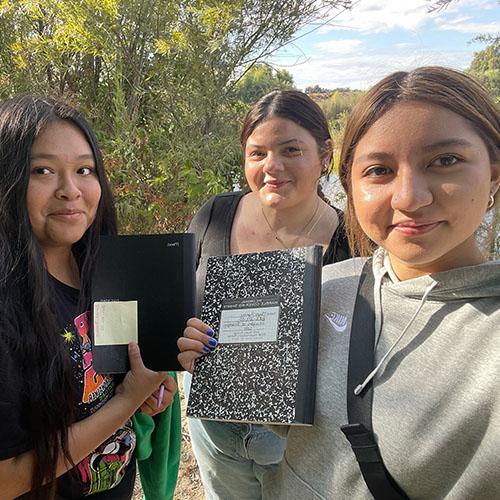
These excursions aren’t just fun (though they definitely are). They give students hands-on practice in ecology, taxonomy and observation—skills that bring classroom concepts to life.
Whether it’s identifying riparian trees, puzzling over invasive species or marveling at the mayfly’s fleeting adult life, every moment in the field adds depth and wonder to their understanding of biology.
And let’s be honest. Spotting hawks, herons, crayfish and secretive insects on a Tuesday morning makes biology a lot more exciting than just reading about them.
So, next time you walk along the San Joaquin, remember: there’s a whole world of science unfolding right at the water’s edge. And thanks to instructors like Professor Sensenig, our students are out there not just watching, but learning, drawing, collecting and discovering.
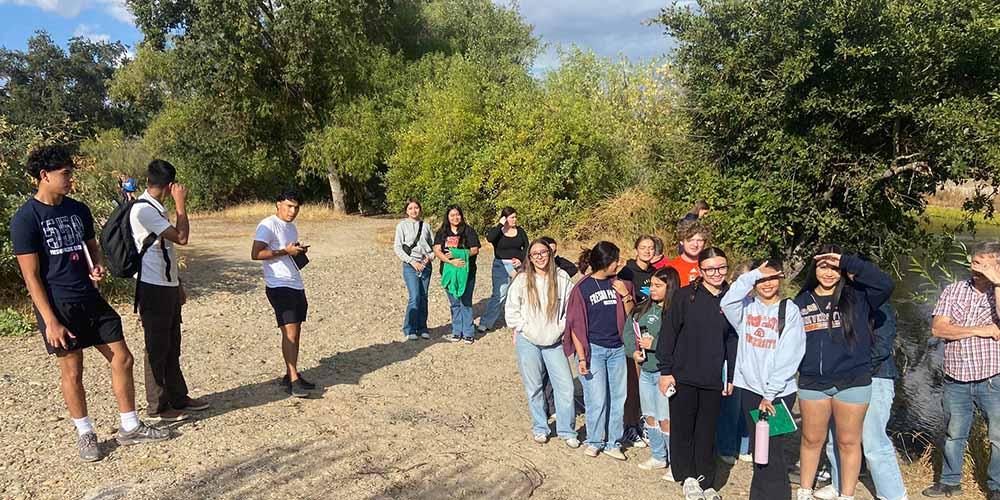
Have an idea for Sunny's Blog?
Email storyteam@fresno.edu.

